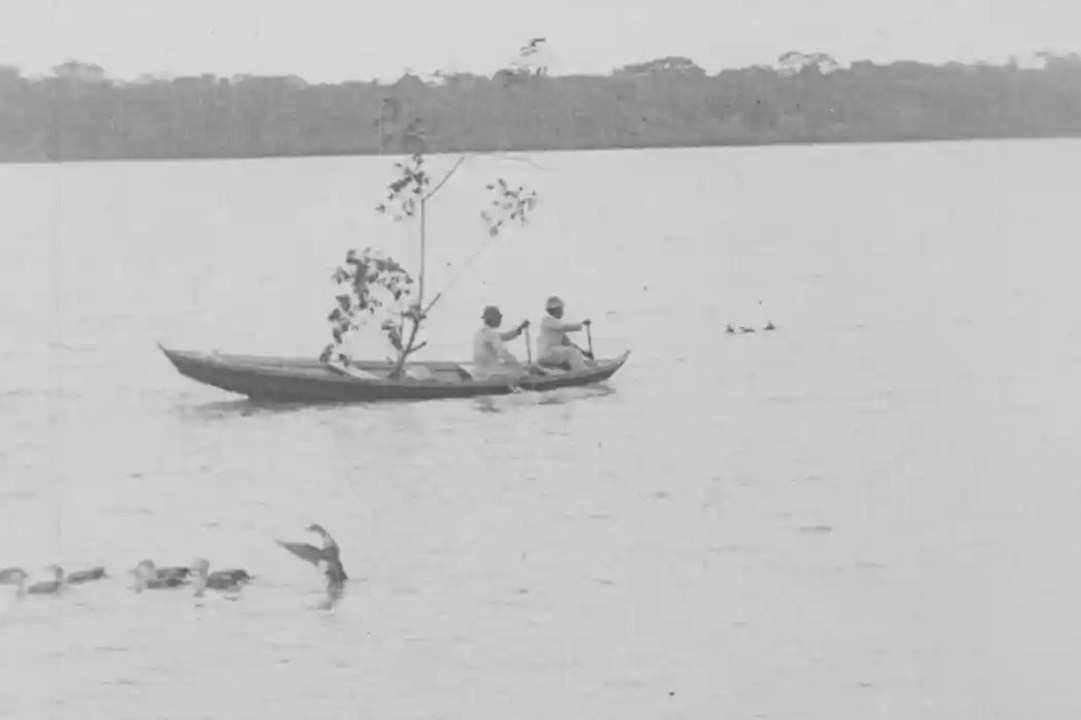Amazonas, the biggest river in the world [Amazonas, maior rio do mundo], Stummfilm ohne Text
Bras. 1918 - 20, R: Silvino Santos, 66 Min, Live an der Orgel Anna Vavilkina, Im Anschluss Q&A
Free Admission! Eintritt frei!
The richness of the flora and fauna, the daily life and rites of the indigenous populations in the regions traversed by the navigation of the Amazon River, the largest in the world.
The economic potential of exploitative practices by local elites, such as latex extraction, fishing for manatees and other fish; the collection and processing of Brazil nuts, sugar cane, cocoa and cotton; livestock farming and the timber industry.
The exotic animals found in the region, such as alligators, jaguars, crabs, turtles, birds and butterflies. Indigenous peoples, such as the Parintins, in their ancestral records, customs and rites: inscriptions and drawings on river rocks, the use of manioc as an important food, handicrafts with gourds and the making of hammocks, and the celebration of women in these communities.
Amazonas, the biggest river in the world is a documentary directed by Portuguese-Brazilian filmmaker and photographer Silvino Santos (1886-1970). The film had been missing since the 1930s. Considered to be the first feature film shot in the Amazon, Amazonas was rediscovered at the beginning of 2023 at the Národní Filmový Archiv (National Film Archive of the Czech Republic). The films authenticity was confirmed by the Cinemateca Brasileira.
Mit freundlicher Unterstützung: Cinemateca Brasileira, Embassy of Brazil in Berlin, Research Institute for Sustainability Helmholtz Centre Potsdam
